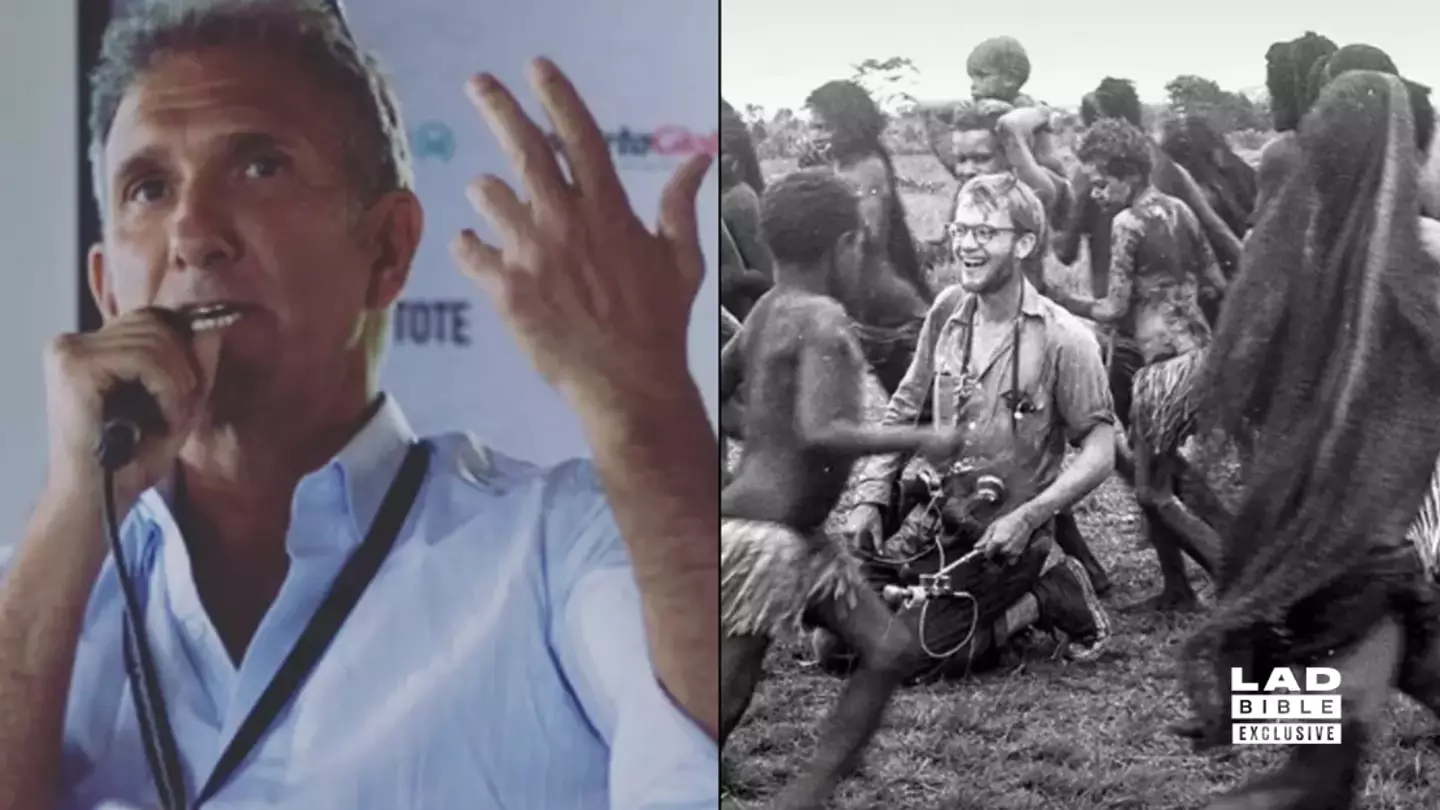Michael Rockefeller disappeared in West Papua in November 1961
Michael Rockefeller’s mysterious disappearance has puzzled the world for decades. Author Carl Hoffman, who spent years investigating this enigmatic case, offers a chilling explanation: Rockefeller may have been killed and consumed by the Asmat people, a remote tribe he sought to understand.
“It’s ironic, in a way, the things that drew Michael to the Asmat are the things that killed him,” Hoffman remarked while discussing his research.
A Journey of Curiosity
Michael Rockefeller, just 23 years old, was the son of former U.S. Vice President Nelson Rockefeller. He had a deep curiosity for distant cultures and a keen interest in art and anthropology. After working as a sound recordist for the ethnographic film Dead Birds, he returned to Dutch New Guinea—now West Papua—to delve into the art and culture of the Asmat people.
Tragically, his quest took a dark and unexpected turn. During an expedition, Michael and his companion, René Wassing, faced disaster when their canoe capsized. Stranded in open water, Michael decided to swim to shore, reportedly telling Wassing, “I think I can make it.” He was never seen again.

An Unyielding Search
The powerful Rockefeller family launched extensive search efforts, but after years of uncertainty, Michael was declared legally dead in 1964, presumed to have drowned. Yet, this official conclusion has never satisfied those who’ve examined the case more closely.
.webp)
Hoffman’s Findings
In his 2014 book, Savage Harvest: A Tale of Cannibals, Colonialism, and Michael Rockefeller’s Tragic Quest, Carl Hoffman presents a compelling alternative theory. He believes Rockefeller’s fate was sealed by the intricate cultural and spiritual practices of the Asmat people. According to Hoffman, Michael’s death was not a random act of violence but a consequence of colonial tensions and the Asmat’s cosmological beliefs.
The Impact of Colonialism
Hoffman’s research highlights the role of colonial interference in the region. A few years before Michael’s disappearance, Dutch government official Max Lapré was involved in a violent incident that resulted in the deaths of five prominent members of the Otsjanep village. This event created an imbalance in the village, which, according to Asmat cosmology, needed to be corrected to avoid being haunted by spirits. Hoffman suggests that this imbalance set the stage for Michael’s death when he unknowingly stumbled ashore in 1961.

Ritual Practices and Beliefs
“The Asmat didn’t kill Michael Rockefeller because they were bloodthirsty or hungry,” Hoffman explained. “They killed him to restore balance and reclaim their culture.”
In Asmat culture, headhunting was a sacred ritual tied to spiritual and societal equilibrium. Cannibalism, often misunderstood in the West, was part of these sacred practices. Hoffman’s time living among the Asmat gave him unique insights into their complex civilization, which had thrived in isolation for thousands of years.
Michael’s fascination with their art—such as the intricate Bisj poles—drew him to the Asmat, but it also led to his demise. Hoffman emphasizes that these practices were not acts of barbarism but deeply rooted cultural traditions.
A Haunting Mystery
Today, the art Michael Rockefeller sought to collect is displayed in prestigious museums, showcasing the rich culture he admired. However, his disappearance remains a grim reminder of the clash between two vastly different worlds. As Hoffman noted, “Michael’s death wasn’t about violence. It was about a culture’s need to restore balance in their world.”
Rockefeller’s story endures as one of the most haunting mysteries of the 20th century, blending intrigue and tragedy with lessons about cultural misunderstandings in a rapidly changing world.

